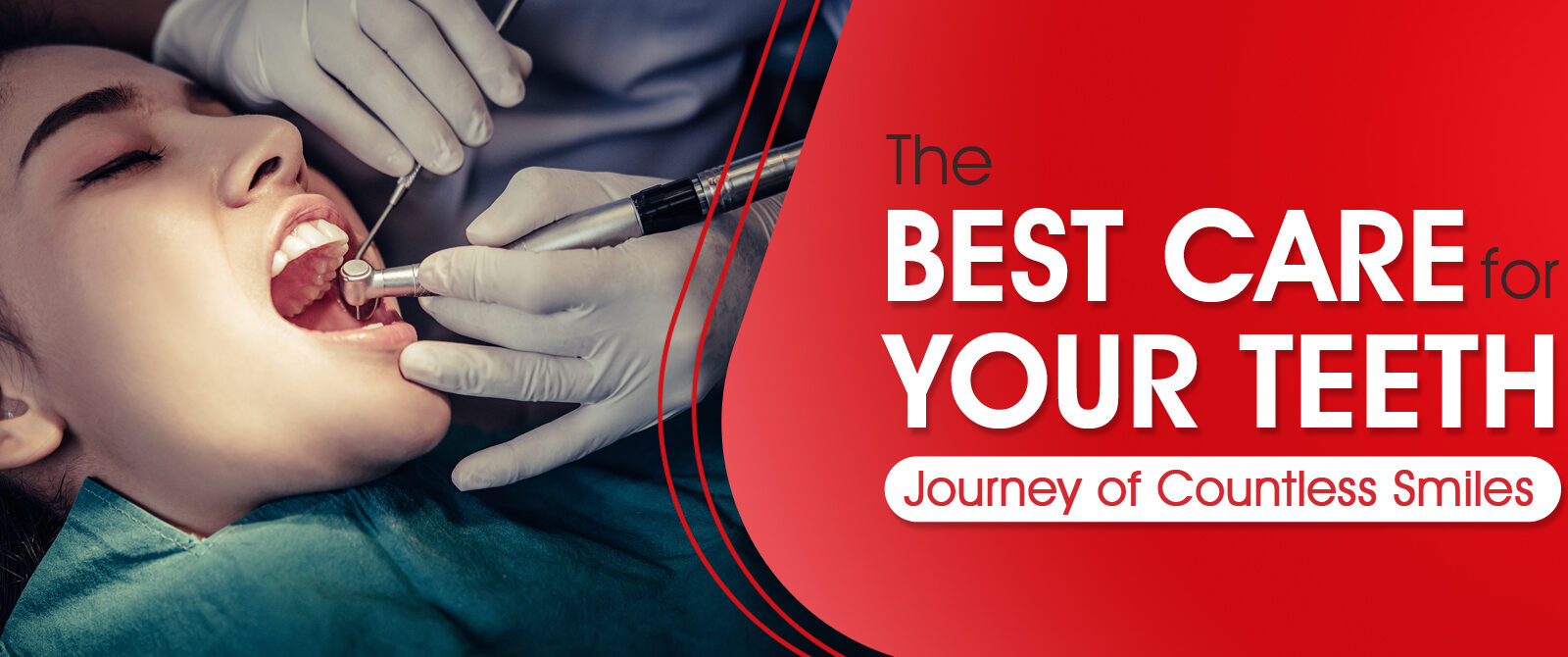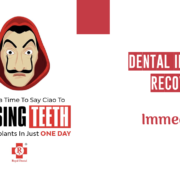Dental care is not a topic most people love to discuss, but it’s also a subject that requires attention. Proper dental hygiene and regular check-ups are essential from a health standpoint, as well as for the sake of your smile. Dental problems are often overlooked until they become impossible to ignore. The fact is that many people tend to take their teeth for granted and neglect them until something goes wrong. However, with some basic awareness about oral health hygiene terms used in dentistry, you can better understand what your dentist is saying and detect potential problems sooner. There are plenty of dental terms out there that may seem confusing at first, so we’ve listed the most common ones you might hear during your next appointment or read about online.
Abrasion | Dental care
Tooth wear caused by forces other than chewing such as holding objects between the teeth or improper brushing.
Anesthesia
A medically controlled state of depressed consciousness while maintaining the patient’s airway, protective reflexes and the ability to respond to stimulation or verbal commands. It includes administration of sedative and/or analgesic agent(s) by a route other than IV (PO, PR, Intranasal, IM), and appropriate monitoring.
Biopsy | Dental care
Process of removing tissue for histologic evaluation for profound and detailed dental diagnosis and care.
Calculus
Hard deposit of mineralised material adhering to dental crowns and/or roots of teeth.
Dental Cavity
A cavity is a hole in your tooth’s surface caused by bacteria that breaks down the tooth’s minerals, resulting in a hole. It’s the most common dental problem, and if ignored can get worse and become more serious. If a cavity is not treated, it can spread to other teeth, cause pain, and even result in tooth loss. Teeth are living tissue, which means they are constantly in a process of breaking down and rebuilding themselves.

During this process, minerals are deposited inside the tooth, giving it strength and structure. Once minerals are deposited within the tooth, there is a limited amount that can be deposited. When you eat sugary foods, bacteria will break down the sugars and produce acid. This acid will then eat away at the minerals inside your tooth, resulting in a cavity.
Dental Crown Care
A material called porcelain or resin is used to cover the tooth so that it can be restored back to its original shape. This is done to repair teeth that are damaged from decay or a dental injury. If you are in need of a crown, your dentist will make an impression on your tooth by covering it with a soft material and placing it in a device called a tray. Once the tray is removed, a mould will be made from the impression and a lab technician will use the mould to make your crown. The crown will be secured onto your tooth with a special type of adhesive.
Enamel
Hard calcified tissue covering dentin of the dental crown of tooth.
Full-mouth X-rays
A combination of 14 or more periapical and 4 bitewing films of the back teeth. This series of x-rays reveals all the teeth (their crowns and roots) and the alveolar bone around them.
Gingiva | Dental Care
Soft tissues overlying the crowns of unerupted teeth and encircling the necks of those that have erupted. Also known as periodontal disease, gum disease is an infection that affects the gums, leading to the loosening and possible loss of teeth. This can be prevented through regular cleaning and check-up, routine flossing, and a healthy diet. If you’re at risk of gum disease, your dentist may recommend a special oral care regimen.
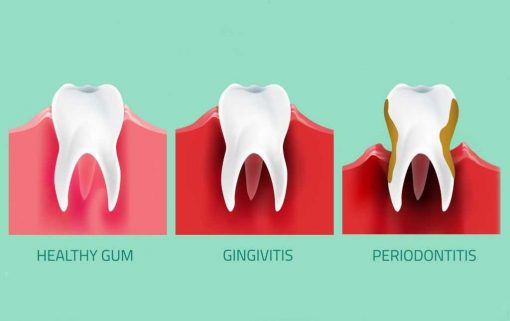
Impacted tooth
An unerupted or partially erupted tooth that is positioned against another tooth, bone, or soft tissue, so that complete eruption is unlikely.
Jaw
A common name for either the maxilla or the mandible of mouth.
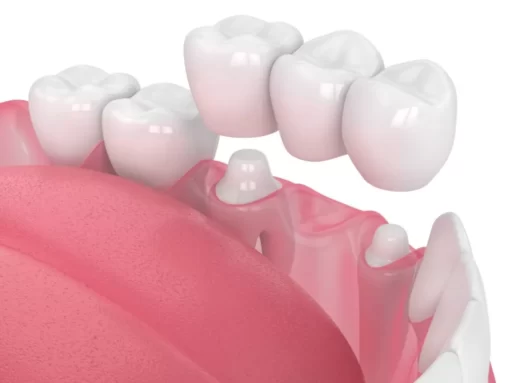
Lingual
Pertaining tongue; surface of the tooth directed toward the tongue; opposite of facial.
Maxilla
The upper jaw of mouth.
Occlusal
Pertaining to the biting surfaces of the premolar and molar teeth or contacting surfaces of opposing teeth or opposing occlusion rims. The early detection of any cancers or tumours in oral health is important.
Prophylaxis
Scaling and polishing procedure performed to remove coronal plaque, calculus and stains.
Root canal
The portion of the pulp cavity inside the root of a tooth; the chamber within the root of the tooth that contains the pulp.
Scaling
Removal of plaque, calculus, and stain from teeth during dental scaling consultation for better care.
Tooth Decay
The breakdown of your tooth’s enamel and the minerals inside it when your teeth come in contact with sugar and other food. If sugar remains in your mouth for a long period of time, the bacteria in your mouth will break down the sugar, producing acid which will eat away at the minerals inside your teeth. Once the enamel is gone, a cavity will form.
Root Canal
The removal of the pulp from inside the tooth, is necessary when the pulp becomes infected. The pulp is the soft tissue inside the tooth, which houses blood vessels and nerves. If a tooth is left untreated, the bacteria in the tooth will spread and infect the pulp, causing pain and tooth death. A root canal procedure will remove the infected pulp and disinfect the tooth. The tooth will then be filled with a special material designed to protect the tooth from infection and further damage.
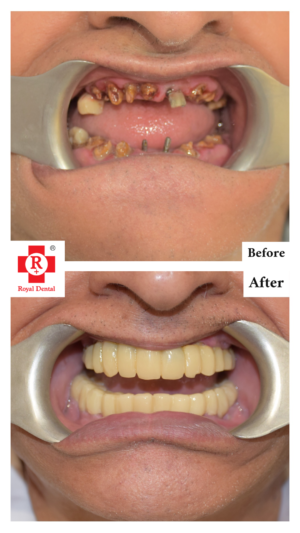

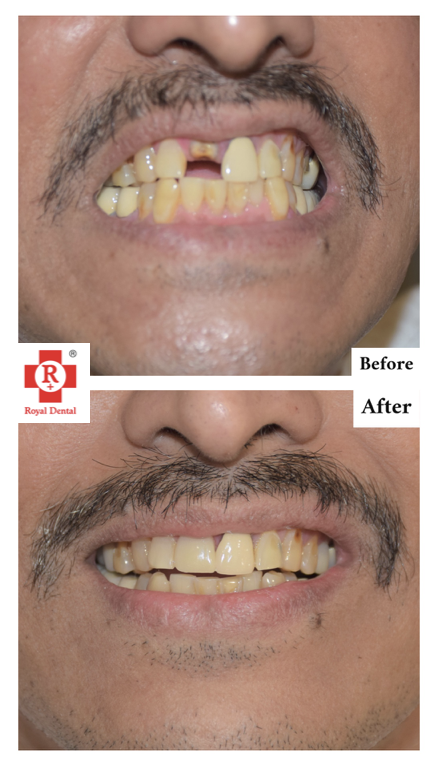
Veneer
In the construction of crowns or pontics, a layer of tooth-colored material usually, but not limited to, composite, porcelain, ceramic or acrylic resin, attached to the surface by direct fusion, cementation, or mechanical retention; also refers to a restoration that is luted to the facial surface of a tooth.
Summary
A healthy smile is more than just having straight teeth. In order to achieve optimal oral health, it is important to understand the terms and conditions listed above. By keeping up with your dental appointments and following proper brushing and flossing procedures. You can reduce your risk of developing dental issues and keep your smile looking great for years to come.

